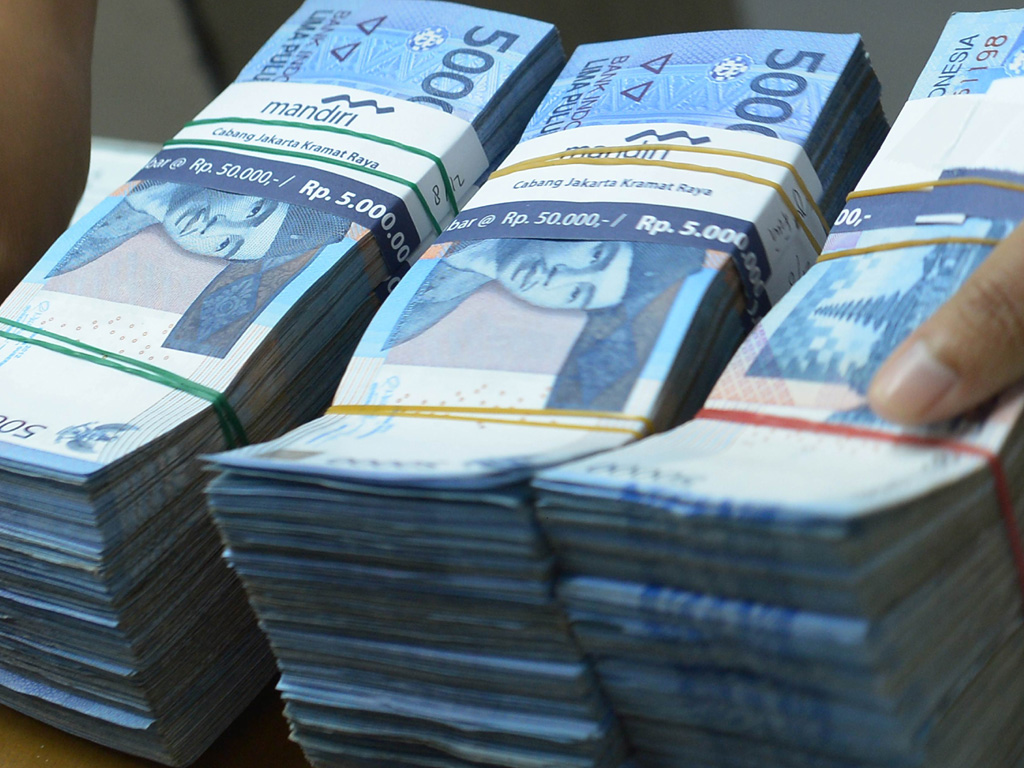 The Indonesian rupiah firmed to an eight-month peak on Wednesday, boosted by robust growth data, while most other currencies in the region remained subdued in holiday-thinned trade.
The Indonesian rupiah firmed to an eight-month peak on Wednesday, boosted by robust growth data, while most other currencies in the region remained subdued in holiday-thinned trade.
The rupiah, which has outperformed most of its regional peers since the turn of the year, firmed 0.5 percent after data showed Indonesia's economy posted slightly faster than forecast growth in the fourth quarter and its full-year 2018 expansion was the best in five years.
"The (emerging) markets are a lot more instinctive to bullishness after the Fed shifted its stance" said Jeffrey Halley, a senior market analyst at OANDA, Singapore.
The outlook for emerging Asian units has improved this year, after massive capital outflows in 2018, aided by a dovish turn of the U.S. Federal Reserve and signs of progress in the long drawn Sino-U.S. trade war.
However, market holidays and absence of catalysts kept most other currencies range bound, with the units hardly reacting to U.S. President Donald Trump's State of the Union address.
We have been through the State of the Union speech, so unless there is some big news, I think the movements will be limited this week, Halley said.
The Indian rupee ticked up 0.1 percent, benefiting from weakness in oil prices, which could help lower the economy's massive oil bills.
The Singapore dollar slid 0.1 percent, while the Thai baht firmed 0.1 percent.
The Chinese yuan, South Korean won, Taiwan dollar and Malaysian ringgit did not trade due to market holidays.
The following table shows rates for Asian currencies against the dollar at 0549 GMT.



















Comments
Comments are closed.